This New Yorker story on the unplaceable vibe of 2021 feels so accurate that I’m mad at it. “It is a year that feels as though it does and does not exist,” Kyle Chayka writes, “a hangover from the depths of terror in 2020 that provides a significant improvement and yet remains vacuous and unstable.”
It’s been a liminal year for me, one that does and does not exist. My freelance income is recovering, but at a creaking pace that in November became a gallop as the holiday rush set in. I’ve been to Manhattan all of three times this year; two of those times were for work. There are friends I still haven’t seen since the first lockdown. Group texts and guerrilla phone calls have taken the significance of late night beers at Old Town Bar.
I’m discombobulated, but damn it I’m still alive.
Climate change has meant that the trees in Queens revealed their fall colors later than usual. Still, autumn is my season, and watching the leaves turn has been a balm. Whatever is happening in my life, what I think is important or what’s dominating my day, the trees are on their own schedule. Nothing changes except what has to.
My own trees, tucked into a protective planter and mulched over, have also taken a while to turn, but here they are. This dawn redwood’s fronds have turned a graceful amber and my beech is speckled with gold and orange. Beech leaves remain on the tree for a while through winter, and they contrast nicely against the plump brown buds containing next year’s growth.
Meanwhile the Japanese maple that I planted in the ground has been busy sprouting a baby. This is good news, as it means the tree is taking well to its new home. The baby, though, had to be pruned; root suckers divert energy that I want to keep directed toward the main trunk.
Trees turning color is one of the early steps of going into dormancy. Shorter days and colder temperatures tell the trees that winter is coming. They break down the chlorophyll in their leaves and build up scar tissue that slowly separates the leaf from its branch. With the green chlorophyll gone, red, orange, and yellow pigments in the leaves assert themselves; the intensity and proportion of these colors is a matter of specific tree variety and local climate.
Leaves do a lot of things for a tree, but the big one is photosynthesis. Chlorophyll acts as a solar panel, giving the leaf energy to extract carbon from carbon dioxide and store it as a carbohydrate. All spring and summer, the trees have been capturing sunlight and pumping sugars down to their roots for storage. Now it’s time for them to rest. Having finished its job, the chlorophyll is recycled into other materials for the tree to use next season.
Once the chlorophyll breaks down, a leaf is metabolically useless to a tree. Some scientists are looking into evolutionary advantages for fall colors, like visual camouflage from certain insects, but those roles pale in importance to a leaf’s main function as a solar battery.
And yet! We love fall foliage so much that we plant trees purely for their autumnal display, even though for most of the year they appear green or bare. This magnificent ginkgo is a good example; those yolky yellow leaves will be gone in just a week or two.
It’s a brief pleasure, and growing briefer, so I try to luxuriate in it. Fall color is a rare kind of beauty: a beauty that’s only possible once a thing ceases to be useful.
Tree reading
Leonardo da Vinci’s old home in Tuscany is apparently surrounded by a massive neglected olive orchard. There and elsewhere in Tuscany, a company called Ager Oliva is restoring them to harvest olives for oil. But the real revenue stream is selling “adoptable” trees; for €49 to €59 a year, you too can sponsor the recovery of one olive tree, tended by the company. Basically an NFT, except in this case you also get some olive oil out of it. [Olive Oil Times]
Climate change claims an iconic sugar maple in Philly. [Tiktok]



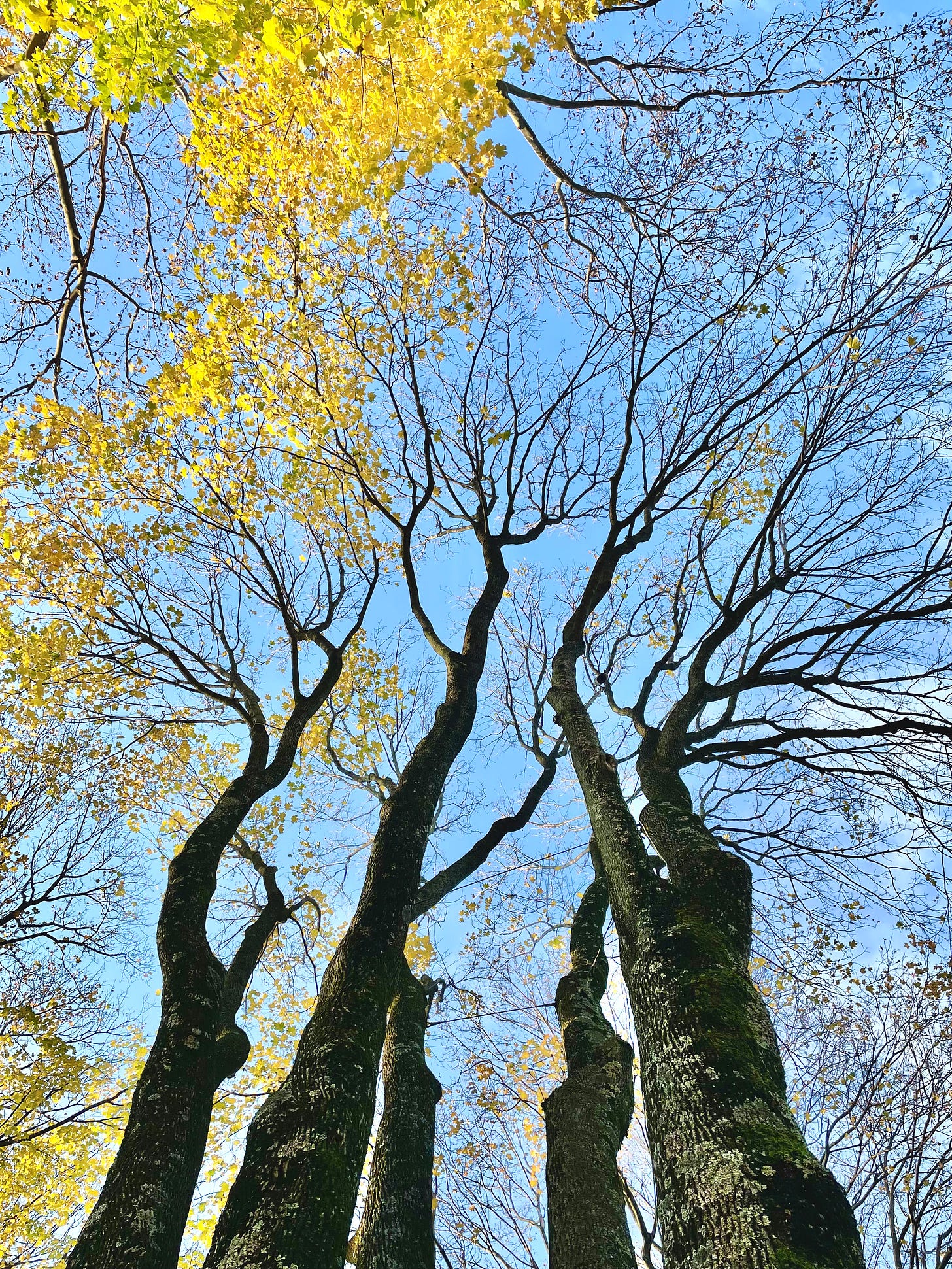
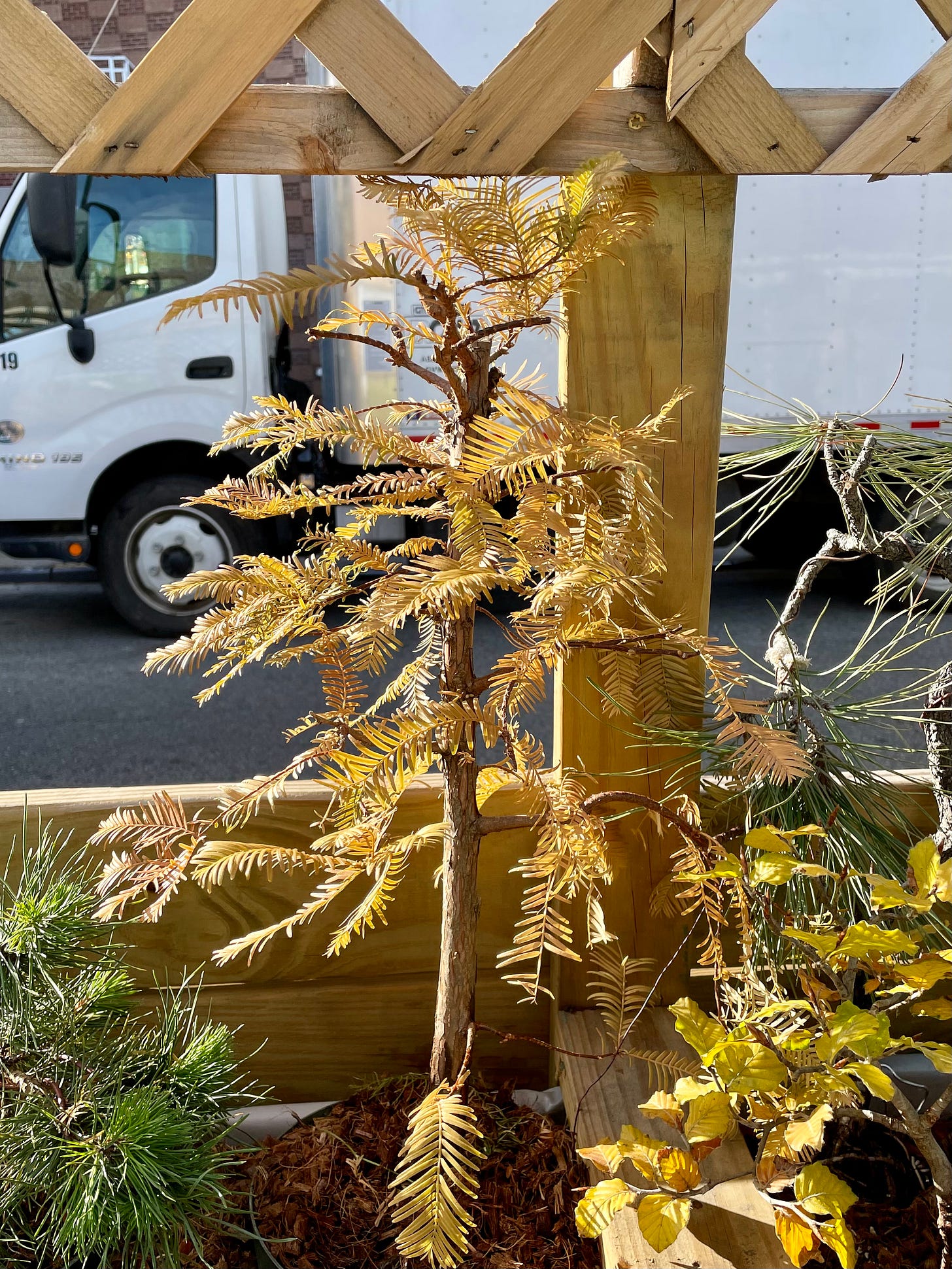
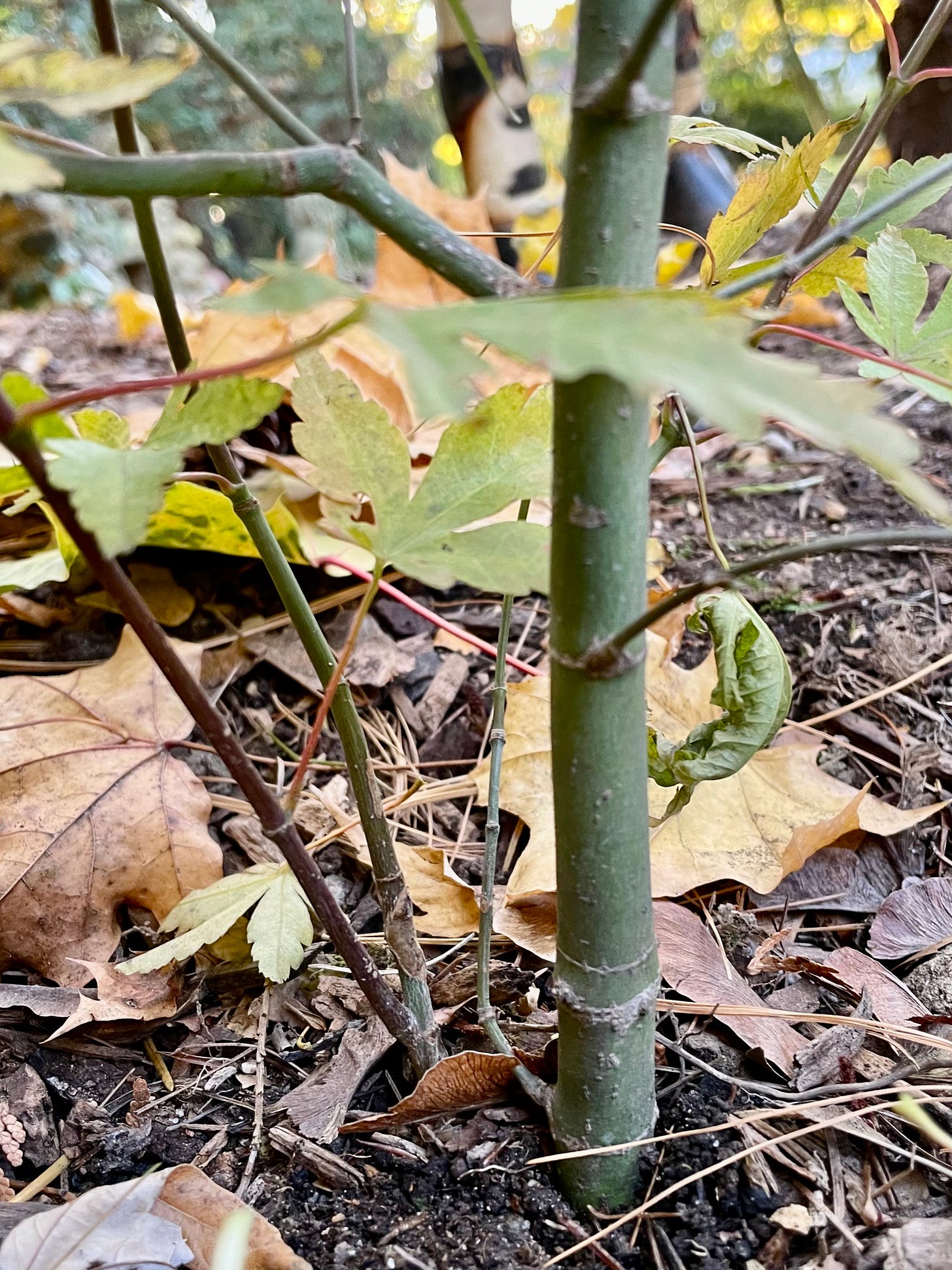
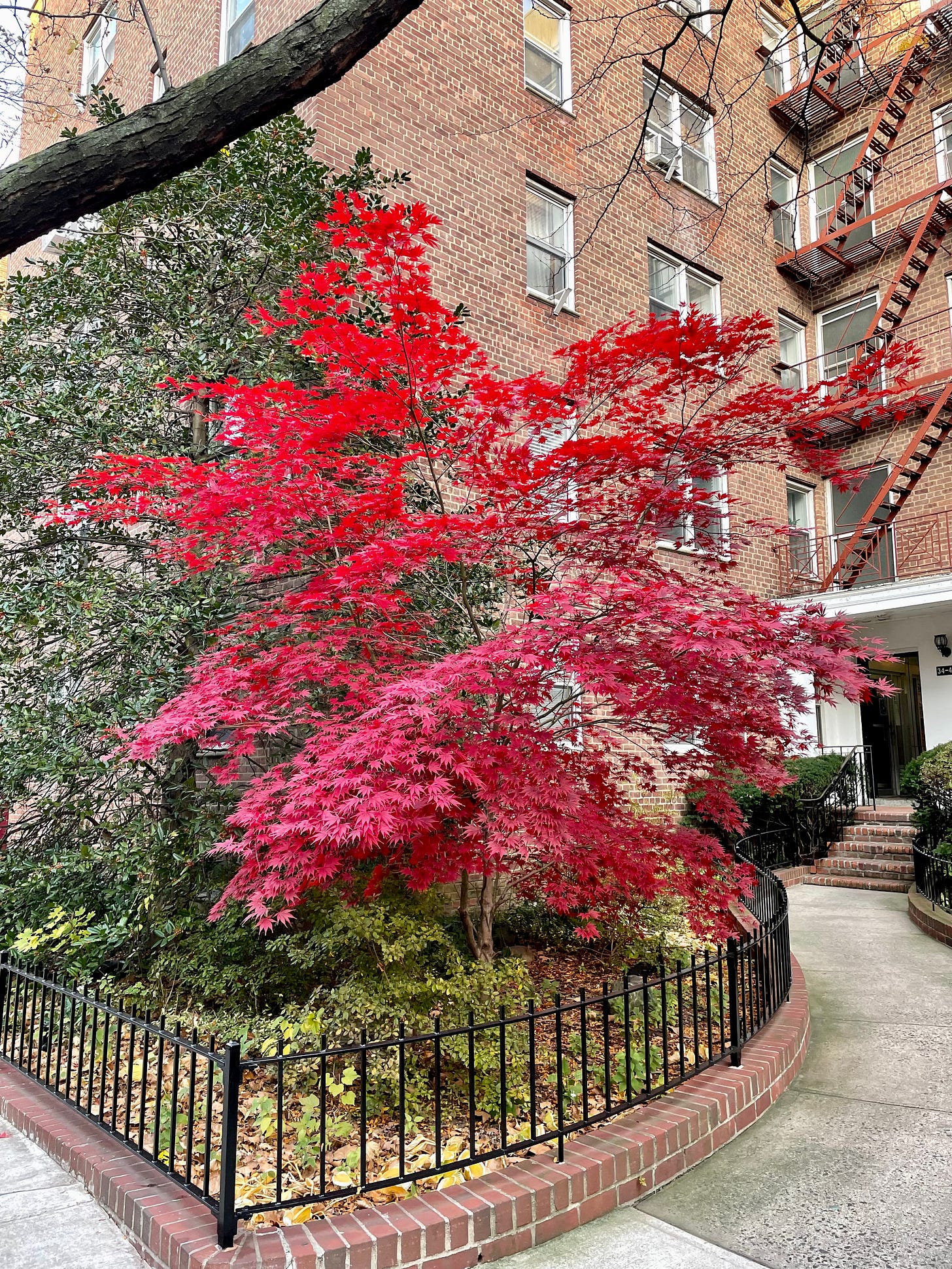
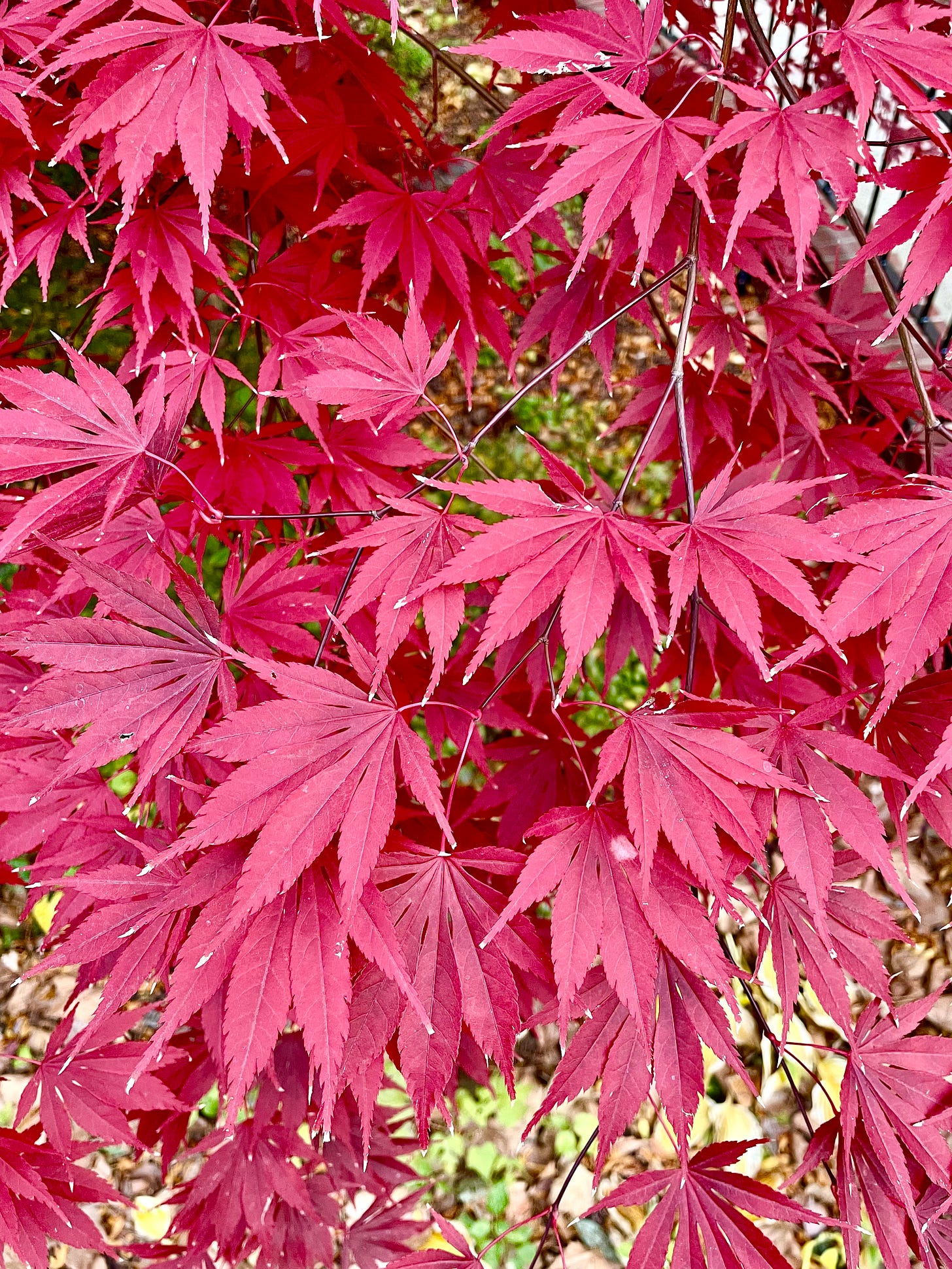
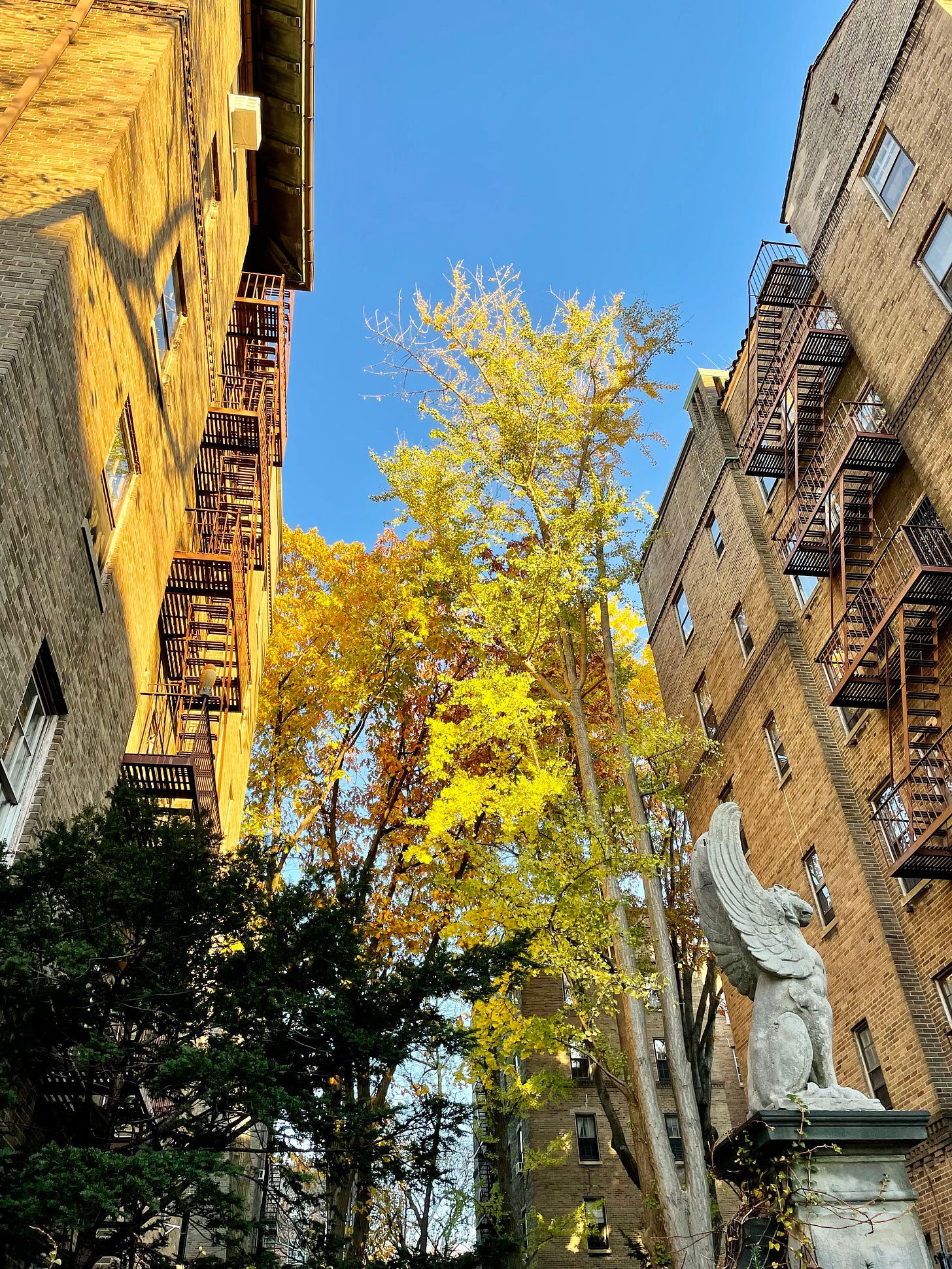
Your SS posts are always worth reading. Thank you—again.